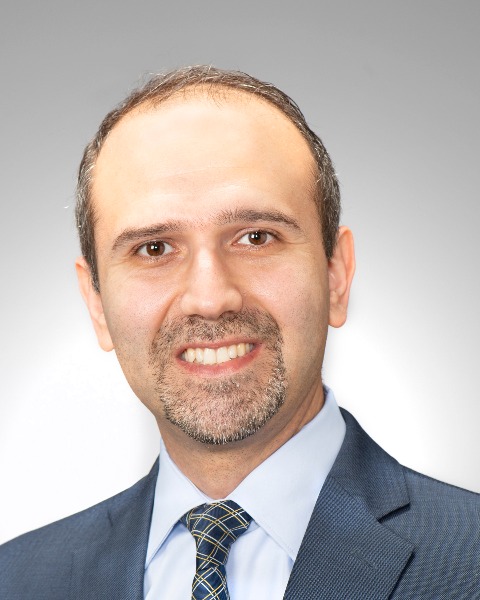Rapid Fire Abstracts
Toward Sustainable Scanning: Deep learning reconstruction in pediatric CMR saves time, energy, and anesthetic (RF_SA_502)
- AC
Adam B. Christopher, MD
Assistant professor
UPMC Children's Hospital of Pittsburgh - AC
Adam B. Christopher, MD
Assistant professor
UPMC Children's Hospital of Pittsburgh - SY
Sara Young, RT
MRI Technologist Specialist
Children's Hospital of Pittsburgh of UPMC - KF
Kyoko Fujimoto, PhD
Director, Research and Scientific Affairs
GE HealthCare - AS
ALESSANDRO SCOTTI, PhD
MR Clinical Scientist
GE HealthCare 
Tarek Alsaied, MD
Assistant Professor of Pediatrics
Children's Hospital of Pittsburgh- DL
David Liddle, MD
Cardiology Fellow
Children's Hospital of Pittsburgh of UPMC .png)
Laura Olivieri, MD
Associate Professor of Pediatrics
Children's Hospital of Pittsburgh of UPMC
Presenting Author(s)
Primary Author(s)
Co-Author(s)
Diagnostic imaging is responsible for up to 1% of total global greenhouse gas (GHG) emissions with MRI isolated as the most energy-intensive modality. There is growing interest in reducing the carbon footprint of MRI and, in particular, decreasing time spent in active scan mode1,2. The practice of pediatric and congenital CMR compounds GHG emissions, as many young or developmentally delayed patients require inhaled anesthetics which can be more potent than CO2 at trapping heat in the atmosphere. The advent of free-breathing (FB) deep learning (DL) reconstruction allowing undersampled and rapid acquisition enables CMR with shortened scan times 3 that we hypothesize may curb energy use and anesthetic gas use compared to CMR using standard breath-held (BH) cine SSFP.
Methods:
Patients < 18 years of age referred for a clinically indicated cardiac MRI were retrospectively divided into two eras, those scanned with standard BH SSFP (January 2022 to June 2024), and those following the implementation of FB DL (July to August 2024). The latter exam used bSSFP Cine (GE HealthCare) with Sonic DL Cine acceleration and respiratory gating. All scans were acquired on a single 1.5T GE HDxT magnet (GE HealthCare, Chicago, IL) with estimated energy consumption of 12.1 kWh at idle and 20.2 kWh in scan mode. Study duration based on DICOM timestamps as well as anesthetic records were reviewed. CO2 emissions calculated using published estimate of 0.433 kg per kWh.
Results:
A total of 138 subjects with a variety of structural and functional heart disease were scanned according to clinical laboratory protocols. Average active scan time decreased from 44 ± 13 minutes (n = 80) to 29 ± 10 minutes (n = 58) with the introduction of DL reconstruction, (p < 0.001). Shifting energy use to more idle time over a 90-minute slot resulted in an estimated savings of 1.97 kWh per scan. Projected over 500 scans per year our center will save 986 kWh or 426 kg CO2. Of the 7 (8%) patients that required anesthesia in the BH cine cohort 100% were intubated and muscle relaxed with average anesthetic duration of 98 ± 14 minutes. While a greater proportion of patients (20%) underwent anesthesia in the FB DL era due to younger average age and patient complexity, only 3 (25%) were intubated and anesthetic duration was reduced to 70 ± 13 minutes (p < 0.001).
Conclusion:
The implementation of FB DL reconstruction for pediatric CMR is associated with reduced energy consumption as well as anesthetic duration for more patient-friendly and climate-conscious imaging.

